The Master of Landscape Project (MLP) is a largely self-directed project that allows students to engage a topic of interest through a robust, design-oriented approach. Over the course of a year, students propose and develop a project topic in consultation with their advisory committee, which reviews the work on a systematic basis. On multiple occasions, students present the work publicly to their committee as well as School of Landscape Architecture faculty and students. The final deliverable of each MLP will be two copies of a project book developed over the year.
2024 - 2025
Elijah Hale
The aim of this project is to investigate the intersections of land craft, built form, lineages of cultural knowledge, aesthetics, loss, and memory as a way to restructure the vernacular into novel landscapes of resilience and counter-response. As anthropogenic activity continually necessitates warnings about the distressing state of the climate crisis, the project pushes these existing predictions to their ends, narratively imagining a radically different earth than we inhabit now. What landscapes emerge from this? How do new or renewed ways of conceptualizing our response emerge from this? How do networks of hyperlocal intervention become indicative of culture, politics, and people within? Politics of water, land, and resources are inherently tied to these thoughts, and the project aims to navigate growing resource inequity through peculiar economies of place based intervention taking agency in these changing/ ed landscapes.
The project sites itself in the near distant future, in a world in which existing climate predictions have manifested to their expected or unexpected end. The project aims to imagine how and who will inhabit these new landscapes? How do historic land practices shift and merge into new ways of placing ourselves within the landscape? Both digital and analogue means of representation will aim to express the poetics of these landscapes and cultures within. Animation, world building, storytelling, drawing, and physical proxies will all be means of representing the work. Through critical analysis of historical, contemporary, and projected relationships to land, resources, and associated aesthetic representations, the project aims to imagine new relationships in this changed global landscape. Additionally, a key part of the project will be analyzing existing representational modes and stories of the climate future to frame how best to reach audiences in order to convey vast temporal scales in a way that is embedded with rich narrative and poetics but is rooted in scientific rigor.
The project sites itself in the near distant future, in a world in which existing climate predictions have manifested to their expected or unexpected end. The project aims to imagine how and who will inhabit these new landscapes? How do historic land practices shift and merge into new ways of placing ourselves within the landscape? Both digital and analogue means of representation will aim to express the poetics of these landscapes and cultures within. Animation, world building, storytelling, drawing, and physical proxies will all be means of representing the work. Through critical analysis of historical, contemporary, and projected relationships to land, resources, and associated aesthetic representations, the project aims to imagine new relationships in this changed global landscape. Additionally, a key part of the project will be analyzing existing representational modes and stories of the climate future to frame how best to reach audiences in order to convey vast temporal scales in a way that is embedded with rich narrative and poetics but is rooted in scientific rigor.
Link to full document here.
THE DAM PROBLEM // Kaitlyn Knight
There are many criticisms of New Deal era construction projects. Often, they destroyed local ecologies, forcefully uprooted human communities, and continually required intensive and expensive maintenance. The re-envisioning of Norris Dam would seek to address these critiques with a focus on how large-scale damming might be integrated with principles of landscape ecology, community engagement, and economic sustainability. The project would engage these critiques through a set of physical design interventions to guide this infrastructural transition.
Large dams alter the bathymetry of the waterways they obstruct. The lake side of the dam creates a deep-water environment that is not occupiable by many species formerly residing in the waterway. The release side of the dam is also altered. Water is released at such velocities and quantities that many species (including mussels) are unable to withstand. Side one of re-imagining dams is navigating the scale and extremity of the altered bathymetry and water flow. To restore function as an ecosystem the waterway needs a navigable/livable flow path in a designated ecological zone. The new stream would start above the lake and reconnect with the river beyond a calculated point where release velocity would not damage re-established species. CFD analysis paired with 3D modeling would be used to simulate iterations of this designed waterway...
...Dam removal lacks merit as a blanket solution and does not engage with the complex dynamics of reality in favor of a simplified solution. This project looks at re-imagining large scale damming infrastructure at the site of Norris Dam and through the framework of the three-legged stool of sustainability (ecological, social, and economic).
Large dams alter the bathymetry of the waterways they obstruct. The lake side of the dam creates a deep-water environment that is not occupiable by many species formerly residing in the waterway. The release side of the dam is also altered. Water is released at such velocities and quantities that many species (including mussels) are unable to withstand. Side one of re-imagining dams is navigating the scale and extremity of the altered bathymetry and water flow. To restore function as an ecosystem the waterway needs a navigable/livable flow path in a designated ecological zone. The new stream would start above the lake and reconnect with the river beyond a calculated point where release velocity would not damage re-established species. CFD analysis paired with 3D modeling would be used to simulate iterations of this designed waterway...
...Dam removal lacks merit as a blanket solution and does not engage with the complex dynamics of reality in favor of a simplified solution. This project looks at re-imagining large scale damming infrastructure at the site of Norris Dam and through the framework of the three-legged stool of sustainability (ecological, social, and economic).
Link to full document here.
the climate of pilgrimage // Cole Thornton
Pilgrimage is a religio-cultural phenomenon deeply significant to many human societies. It is, arguably, first and foremost a landscape-informed practice, as the human compulsion to express or discover spirituality through linear movement forms these sacred vectors. Embedded in their respective cultures, pilgrimages weave through time and space, embodying the historical and cultural legacies of their environments and reflecting political, economic, environmental, and social entanglements.
Today, the world’s major pilgrimage routes are threatened by climate change. Pilgrims on the Islamic Hajj and the Catholic Camino de Santiago wither in the heat that correlates with the seasons of the routes’ most concentrated usage. The Hindu Kedarnath trail warps as the Himalayas deglaciate. In these sacred and scarred landscapes, the shifting climate is altering the forms of these pilgrimages and thus the practices of pilgrimage and religion itself. And yet, a preliminary literature review reveals that there remains a dearth of research on the intersections of climate change attitudes and adaptations and religiosity despite more than 80% of the world’s population being religiously affiliated. Thus, my proposed intervention is focused on analyzing the logics of pilgrimage infrastructure, identifying the interactions of religiosity and attitudes towards climate change, and speculating on how these phenomena will shift in a future of exaggerated extremes in the case of El Camino de Santiago.
El Camino de Santiago is a Catholic pilgrimage that has many walking routes through Spain, all of which converge at Santiago de Compostela – the major cathedral in Santiago, a town in the Galicia province of Spain. In the midst of a remarkable modern resurgence, this ancient way has only in the last decade eclipsed the amount of travelers that followed the routes in the twelfth and thirteenth centuries. This modern pilgrimage route faces increasingly hot temperatures, droughts, and wildfires. My research addresses these looming climate realities and the varying experiences of religious and nonreligious pilgrims on this trail.
Today, the world’s major pilgrimage routes are threatened by climate change. Pilgrims on the Islamic Hajj and the Catholic Camino de Santiago wither in the heat that correlates with the seasons of the routes’ most concentrated usage. The Hindu Kedarnath trail warps as the Himalayas deglaciate. In these sacred and scarred landscapes, the shifting climate is altering the forms of these pilgrimages and thus the practices of pilgrimage and religion itself. And yet, a preliminary literature review reveals that there remains a dearth of research on the intersections of climate change attitudes and adaptations and religiosity despite more than 80% of the world’s population being religiously affiliated. Thus, my proposed intervention is focused on analyzing the logics of pilgrimage infrastructure, identifying the interactions of religiosity and attitudes towards climate change, and speculating on how these phenomena will shift in a future of exaggerated extremes in the case of El Camino de Santiago.
El Camino de Santiago is a Catholic pilgrimage that has many walking routes through Spain, all of which converge at Santiago de Compostela – the major cathedral in Santiago, a town in the Galicia province of Spain. In the midst of a remarkable modern resurgence, this ancient way has only in the last decade eclipsed the amount of travelers that followed the routes in the twelfth and thirteenth centuries. This modern pilgrimage route faces increasingly hot temperatures, droughts, and wildfires. My research addresses these looming climate realities and the varying experiences of religious and nonreligious pilgrims on this trail.
Link to full document here.
The Rodman Reservoir: Relic to Resilience // Taylor Wishart
In the realm of landscape architecture, the remnants of past infrastructures often stand as monuments to futures that never came to fruition yet they possess a latent potential to shape unforeseen futures. These abandoned engineered structures offer a canvas for reimagining their roles within the ecological fabric. This project explores the unintended functions of such
artifacts to delve deeper into the dialogue surrounding infrastructure in the landscape.
Central to this exploration is the recognition that engineered infrastructures intersect and conflict with both cultural and ecological systems, giving rise to various unintended performances that shape novel scenarios. These
interactions result in environments that provide agency in constructing
unique ecological frameworks and offer insights into the adaptive capacities
of ecological communities. By privileging spatial disruption as a strategy, this project challenges conventional approaches to curated social and ecological occupations of sites, focusing instead on infrastructure's potential to
provide resilience in the face of climate change...
artifacts to delve deeper into the dialogue surrounding infrastructure in the landscape.
Central to this exploration is the recognition that engineered infrastructures intersect and conflict with both cultural and ecological systems, giving rise to various unintended performances that shape novel scenarios. These
interactions result in environments that provide agency in constructing
unique ecological frameworks and offer insights into the adaptive capacities
of ecological communities. By privileging spatial disruption as a strategy, this project challenges conventional approaches to curated social and ecological occupations of sites, focusing instead on infrastructure's potential to
provide resilience in the face of climate change...
...Calls for dam removal and river restoration prompt reflection on what it
means to “restore” in a rapidly evolving landscape shaped by climate change and population influx. As we move forward with solutions like the Green New Deal, consideration of monuments to past mistakes such as the Cross Florida Barge Canal will be vital. These monuments act both as potential canvases as well as cautionary tales about romanticizing the solutionism. Drawing upon past, present, and projected geospatial data, the project speculates on vegetal and ecological trends within the context of northcentral Florida. Leveraging digital tools and workflows, it facilitates diverse modes of analysis, exploration, and representation, enabling a nuanced understanding of the entanglements at play.
means to “restore” in a rapidly evolving landscape shaped by climate change and population influx. As we move forward with solutions like the Green New Deal, consideration of monuments to past mistakes such as the Cross Florida Barge Canal will be vital. These monuments act both as potential canvases as well as cautionary tales about romanticizing the solutionism. Drawing upon past, present, and projected geospatial data, the project speculates on vegetal and ecological trends within the context of northcentral Florida. Leveraging digital tools and workflows, it facilitates diverse modes of analysis, exploration, and representation, enabling a nuanced understanding of the entanglements at play.
Link to full document here.
Land Motion // Dustin Del Moro
Landscapes are dynamic moving systems despite our best efforts to solidify them as static objects, constantly in motion with spatial and temporal scales oftentimes imperceptible to the naked eye. This movement includes easily recognizable elements such as site circulation, hydrology, and seasonality but also encompasses a wide range of subtle motions. Plants are ever moving as they navigate their successional pathways causing their genetic footprint to spread or decline throughout the greater ecosystem. Energy from the sun is constantly in motion as it bombards the planet and is made available for herbivory via phytochemical reactions while the celestial bodies we inhabit
are locked in rhythmic rotation and orbit producing the cycles of day/night
which define our understanding of the movement of time. Through these
natural patterns, the order behind the perceived chaos associated with
existence becomes visible.
At times landscape movement is more perceptible as cultural and
economic shifts influence how the land is shaped and who is allowed to
inhabit it. Landscapes of post-extraction and post-industry set into motion novel ecosystems with indeterminate outcomes and unstudied ecologies. Resilience theory teaches us that landscapes must be adapted to the uncertainty that the future presents while modern day reclamation projects such as Fresh Kills Landfill are setting in motion systems that we predict will reclaim this technical territory but remain unproven and shrouded in uncertainty. It is in this world of indeterminacy that the modern-day landscape architect practices surrounded by systems that have been in motion long before we were born and will continue long after we are gone. Therefore, a method of landscape movement notation and scoring will be a valuable tool for designers to understand their role within the greater choreography of landscape while developing the vocabulary necessary to collaborate with landscapes in motion.
are locked in rhythmic rotation and orbit producing the cycles of day/night
which define our understanding of the movement of time. Through these
natural patterns, the order behind the perceived chaos associated with
existence becomes visible.
At times landscape movement is more perceptible as cultural and
economic shifts influence how the land is shaped and who is allowed to
inhabit it. Landscapes of post-extraction and post-industry set into motion novel ecosystems with indeterminate outcomes and unstudied ecologies. Resilience theory teaches us that landscapes must be adapted to the uncertainty that the future presents while modern day reclamation projects such as Fresh Kills Landfill are setting in motion systems that we predict will reclaim this technical territory but remain unproven and shrouded in uncertainty. It is in this world of indeterminacy that the modern-day landscape architect practices surrounded by systems that have been in motion long before we were born and will continue long after we are gone. Therefore, a method of landscape movement notation and scoring will be a valuable tool for designers to understand their role within the greater choreography of landscape while developing the vocabulary necessary to collaborate with landscapes in motion.
Link to full document here.
2022
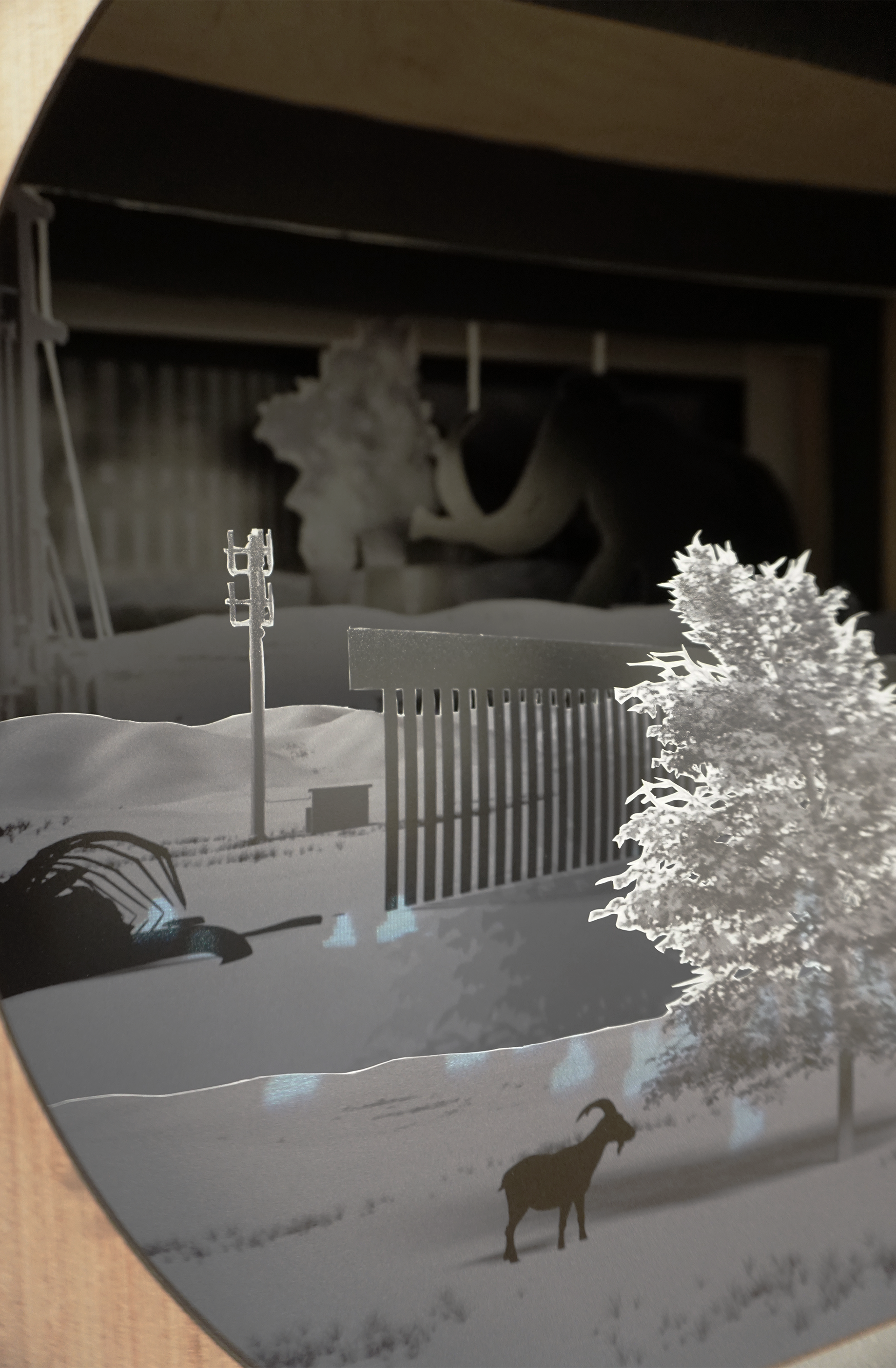
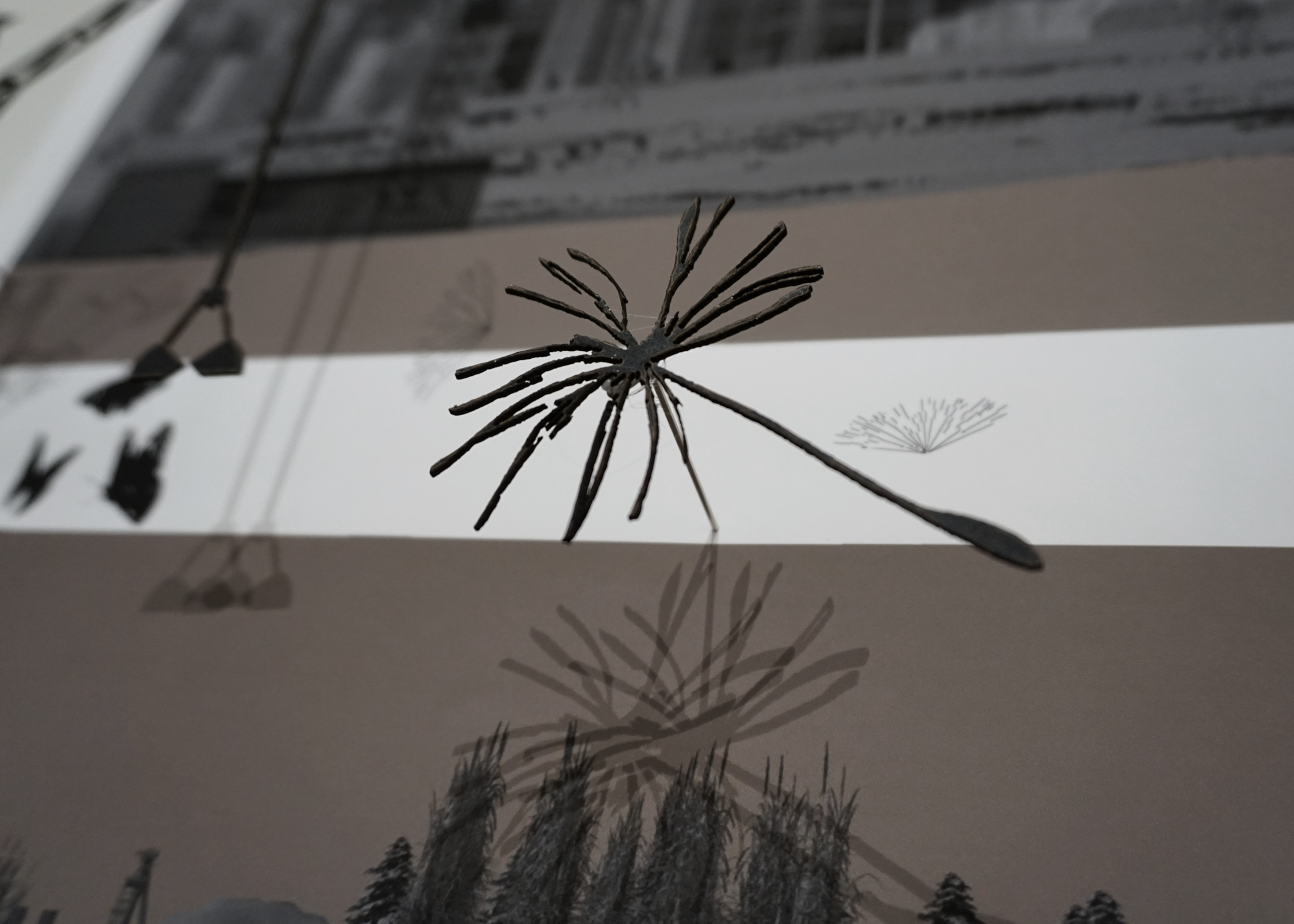
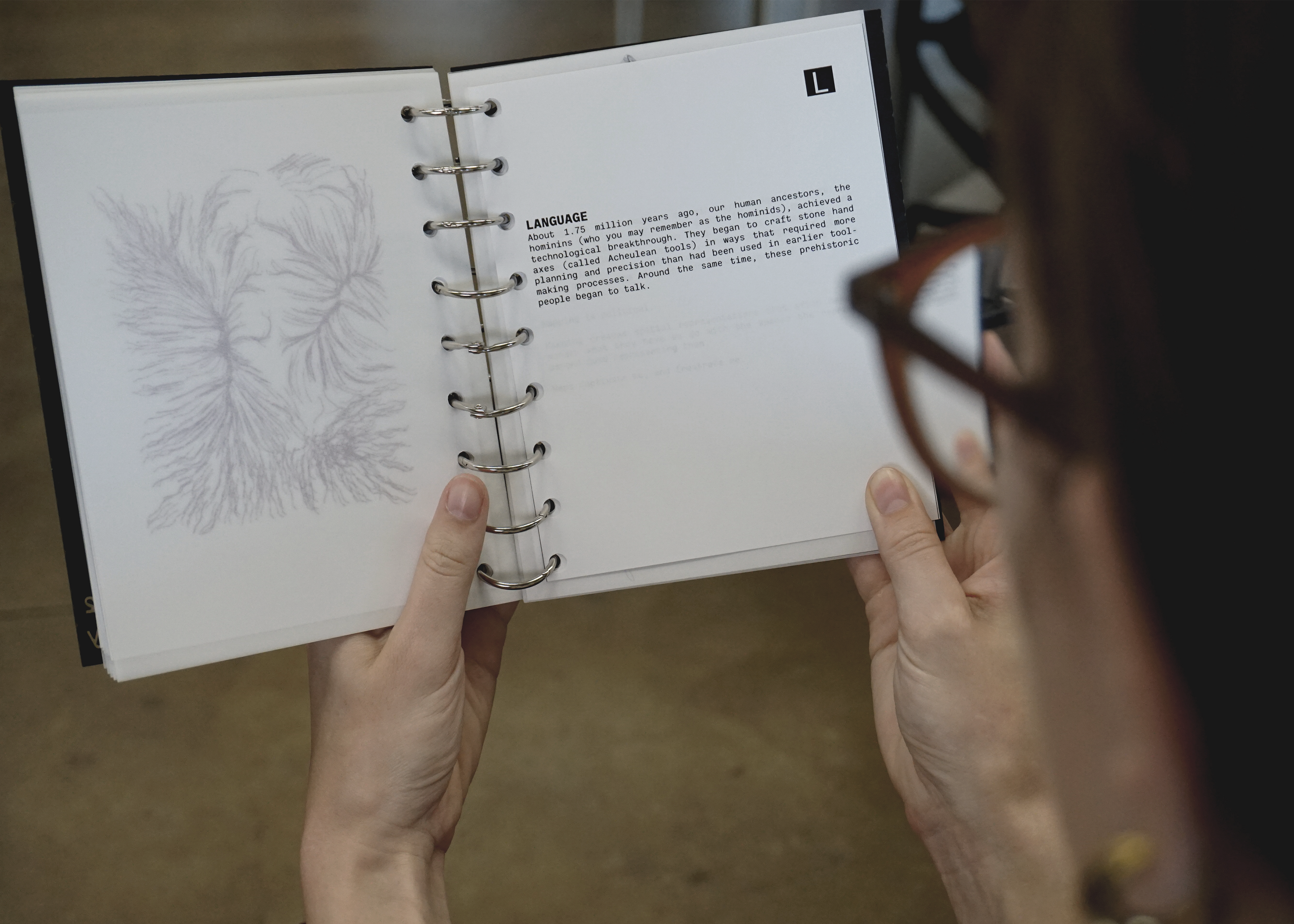
project by Marilyn Reish, Spring 2022
2020
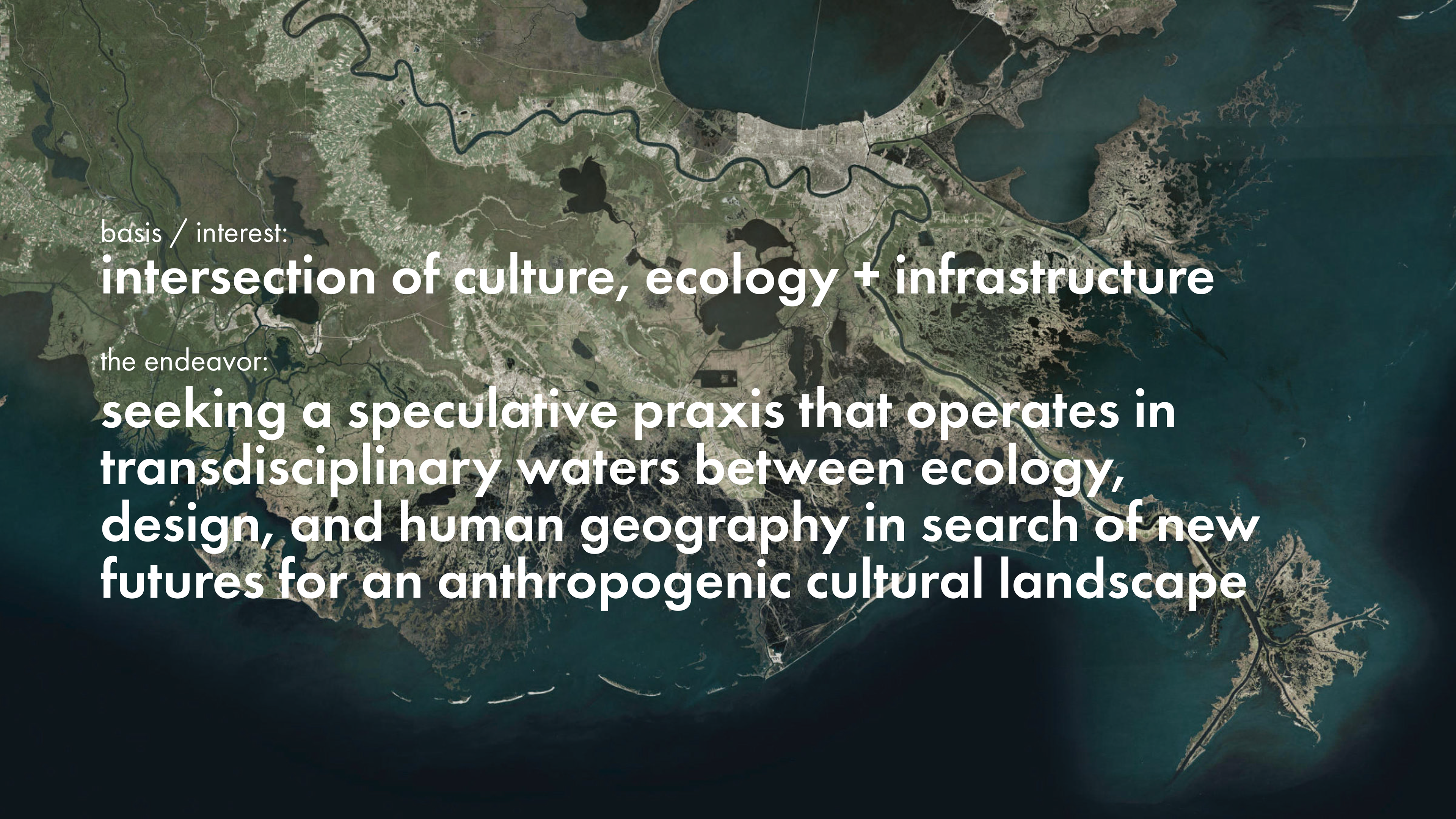
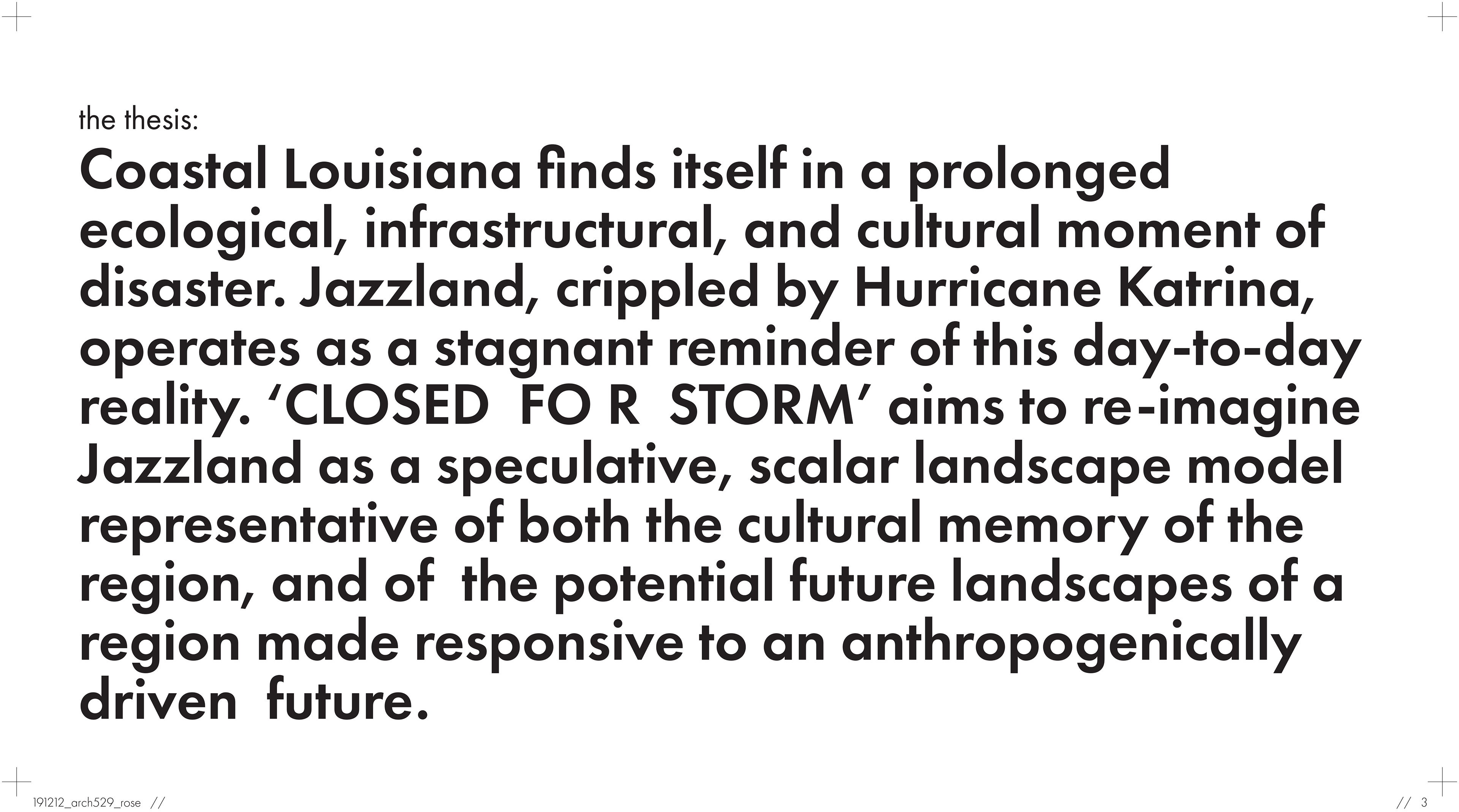
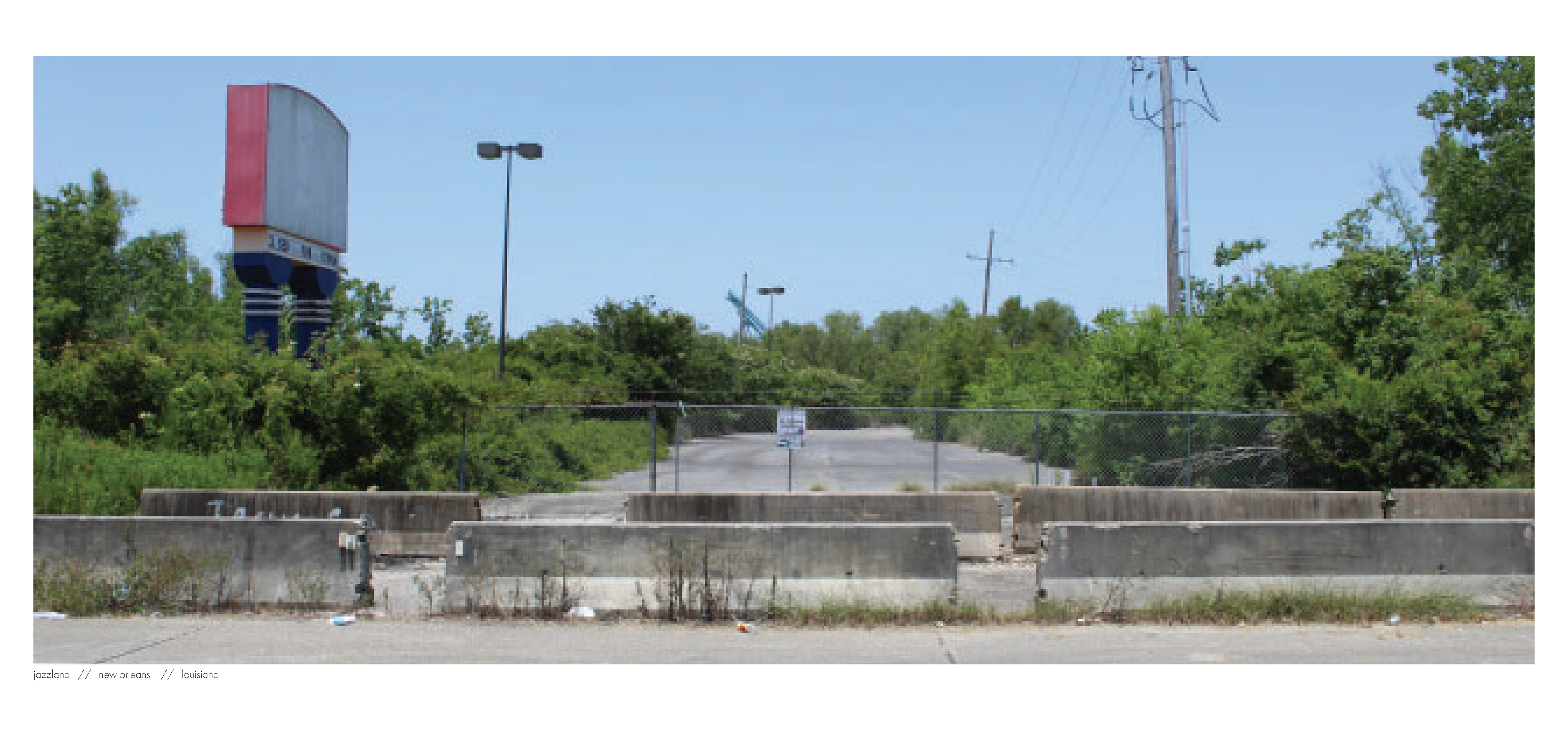
Project by Danny Rose, Spring 2020
Link to full document here.
Link to full document here.